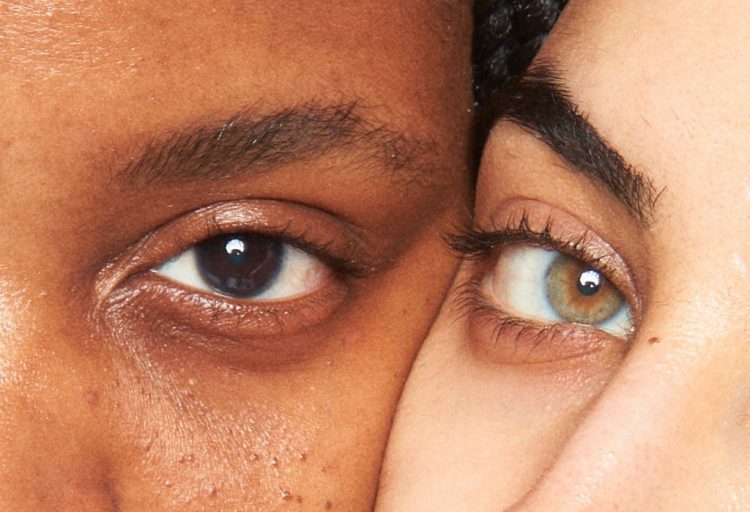Dark circles are common ground, a great equalizer: We all have them. That said, the root cause of your discoloration can vary from person to person. “Some main causes of dark circles include genetic predisposition, general aging, hyperpigmentation, poor circulation, a lack of sufficient sleep, and even allergies,” says Geeta Yadav, MD, board-certified dermatologist and founder of FACET Dermatology.
Understanding the origins of your dark circles is important because it helps you to customize and treat your specific root cause. Because just as all dark circles are not created equal, the ingredients to treat your discoloration need to be specific to your concerns, too. Here, you’ll learn how skin tone can offer clues as to the cause of your dark circles — and the right solution.
The dark circles-skin tone connection
Just as with redness, a majorly overlooked factor in dark circles is skin tone. “Skin tone can influence the appearance of your dark circles,” says Dr. Yadav. “Because of higher levels of melanin in the skin, medium to deep skin tones can be more susceptible to hyperpigmentation.“ As a result, you may have warm-toned dark circles — think purple or brown in color.

Meanwhile, says Dr. Yadav, “in those with fair skin, the blood vessels are especially visible due to their skin tone and the thinness of the skin under the eye.” Since lighter skin tones are working with a combination of thin under-eye skin, less melanin, and therefore more visible veins, their dark circles might be cooler in tone, with a blue-ish tint.

And, of course, it’s possible to have both thinning skin and hyperpigmentation, or visible blood vessels and sun damage, thanks in part to the many contributors to dark circles. While skin tone plays a role, it’s not the only factor out there, which is why a multitasking eye cream (or even doubling up on different formulas) is a good idea.
How to treat dark circles on all skin tones
Ultimately, “you want to tailor the eye cream you use to the type of dark circles you have,” suggests Dr. Yadav. “If the dark circles are due to pigmentation, you’ll want to use brightening ingredients like vitamin C, retinol, or niacinamide,” she says.
Sounds like music to our ears: For daytime or nighttime (or both, for the best results), use an eye cream like Guava Vitamin C Bright-Eye Gel Cream. This lightweight formula can be used all over the eye (both under eyes and eyelids) and is designed to treat all forms of dark circles, whether they’re the work of fatigue, hyperpigmentation, or puffiness.

It features a sophisticated blend of ingredients to address all tones of dark circles. The warm-toned dark circles (from increased melanin production) are addressed with 10% encapsulated Vitamin C and 3% niacinamide, which use two different mechanisms to keep discoloration at bay.
Meanwhile, if you’re dealing with more cool-toned dark circles — again, typically from poor circulation and thinning under-eye skin — the formula also features green caffeine and peptides to speed things up. “These ingredients will help boost blood flow under the eye, which will fade the dark circles,” says Dr. Yadav. And the results back it up: After four weeks of use, 100% of users agreed the eye cream improved the look of dullness and fatigue around the eyes, and 96% agreed that the cream visibly reduced the appearance of dark circles.

For overnight use — and to take advantage of retinol’s many benefits — try Avocado Melt Retinol Eye Sleeping Mask. Not only is it a great option for evening tone because of the gentle blend of encapsulated retinol, hyaluronic acid, niacinamide, and caffeinated coffeeberry, but the rich formula also helps kickstart collagen production, which can help offset thinning skin.
While you can stick with one or alternate between the two, the answer is clear: Dark circles, in whatever tone they may present, don’t stand a chance.
Read more about dark circles:
Source by blog.glowrecipe.com


